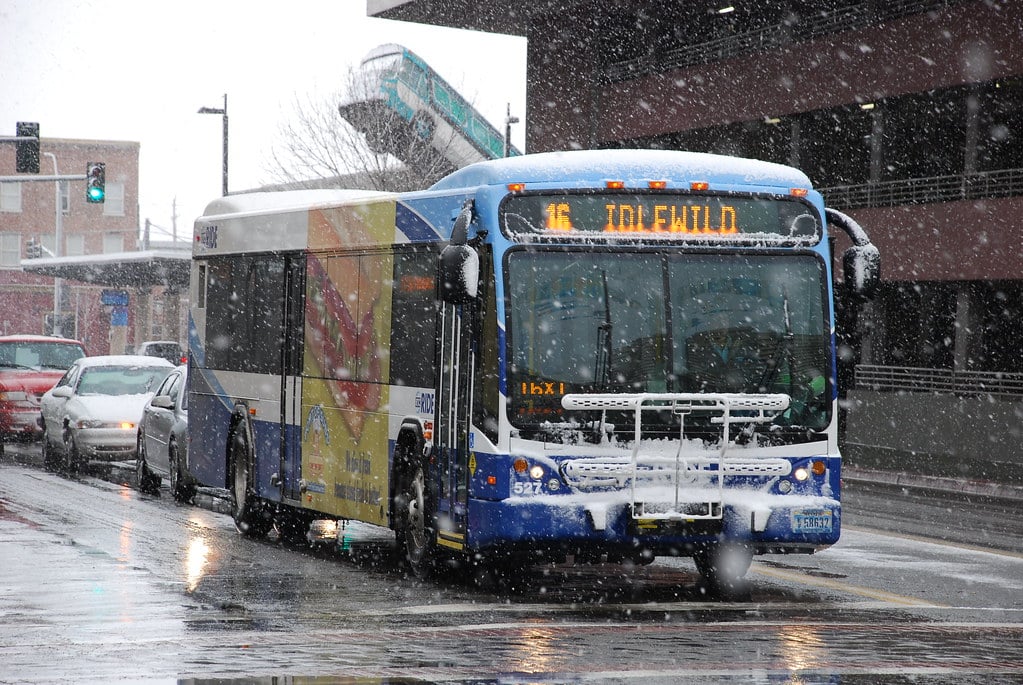Reno, Nevada is a city that’s used to snow in the winter. On average the northern Nevada area gets a few snowstorms a year (quite the contrast from Las Vegas), but the polar vortex beginning in 2022 and extending into the new year has given citizens more snow and precipitation than they’ve experienced in some time.
The colder temperatures, accumulated snow on the valley floor and the overall hazards of winter prompted us to check in with our team members in Reno to discover how Keolis training enables them to brave the wintery roads with confidence. Taquan Jackson, operations manager for Keolis in Reno, shares his insights:
What does operator training consist of?
To prepare our operators, courses include a blend of training, classroom time, skills training, significant behind-the-wheel and revenue-service training. All of this takes about one to three months, depending on whether the trainee has commercial driver's license (CDL) credentials. We also provide emergency response situations for trainees to work through so they can feel confident and prepared for any situation.
Additionally, we maintain consistently high standards in driving proficiency by hosting monthly safety meetings and participating in Lytx* driver coaching sessions.
*Lytex provide comprehensive fleet management technology and a customized program to assist with compliance and collision prevention.
Q: What qualifications do operators need? Does Keolis pay for training?
Keolis requires operators to have at least a Class B Commercial Driver’s License, with passenger and airbrake endorsements. Those who do not possess the CDL will have the opportunity to earn one at no cost to them.
How are operators trained in hazardous conditions?
We ensure that Keolis operators successfully complete behind-the-wheel training with behind-the-wheel instructors. Operators receiving this training are practiced in inclement weather conditions and taught what speeds are appropriate. Cautious driving at slower speeds underpins safe operations in hazardous weather - this allows for more reaction and response time should a driver need avoid a collision. Also important during severe weather:
ℹ️ keeping informed of weather predictions
🔎 pre-trip inspections
🛠️ maintenance
✔️ pre-trip checklist
According to coach operator Bobbirae Johnson, “the trainers were very informative and thorough.” Bobbirae notes that it can be challenging to interact with disruptive or unruly passengers, but that the training applies. Specifically, the "Triple L-C" Defensive Driving Technique aids operators in their effort to maintain a safe and welcoming environment for all passengers. Triple L-C (LLLC) using the four driving principles of safety: Look Ahead, Look Around, Leave Room, and Communicate.
The region is expected to experience even more precipitation that can make roads dangerous. But with such a consistent focus on safety and preparedness, it’s clear that Reno operators are well-equipped to care for passengers.
“Regardless of weather patterns, we’ll continue to empower our team with the tools and knowledge that keep themselves and their passengers safe and happy,” said Philip Pumphrey, general manager for Reno operations. “No matter the season, we'll be prepared.”
